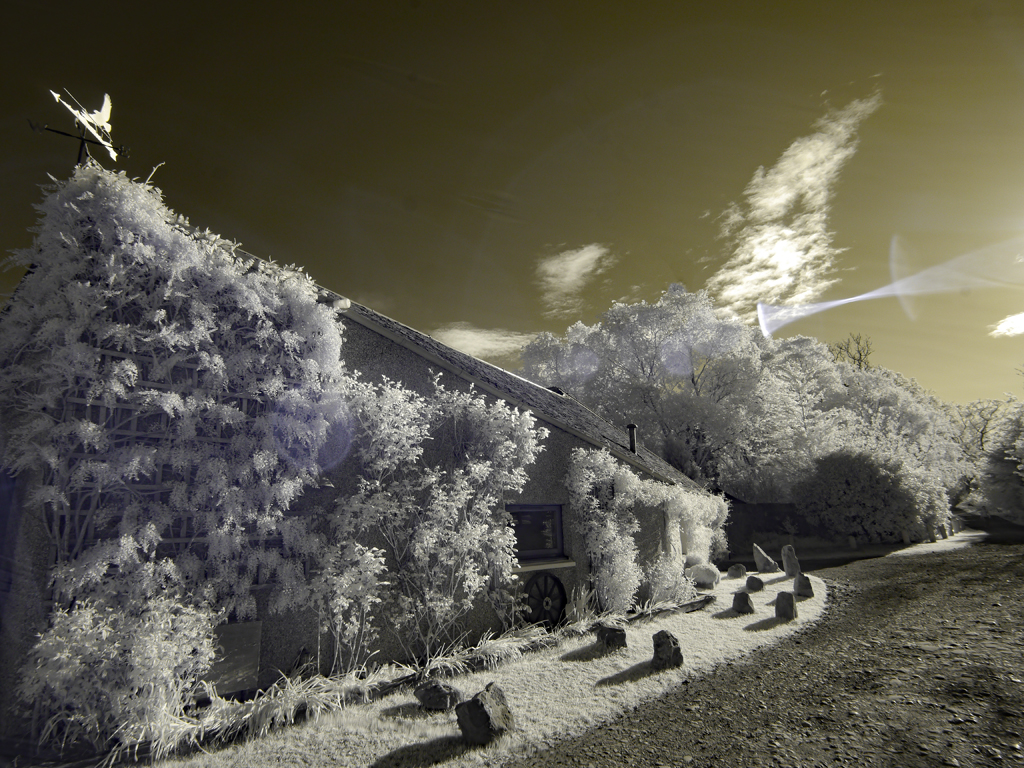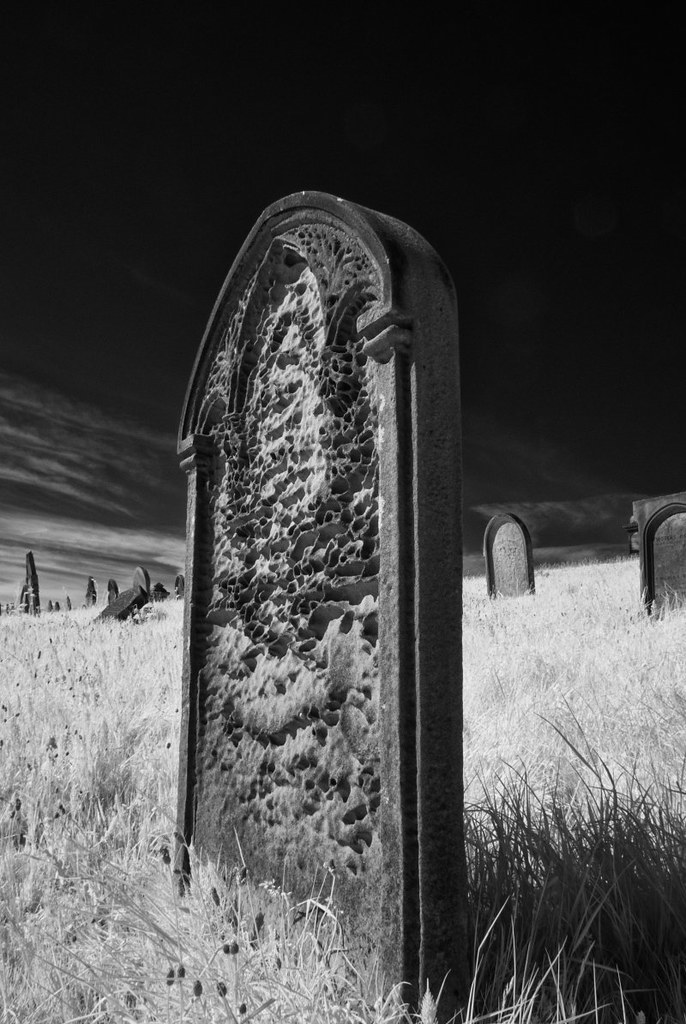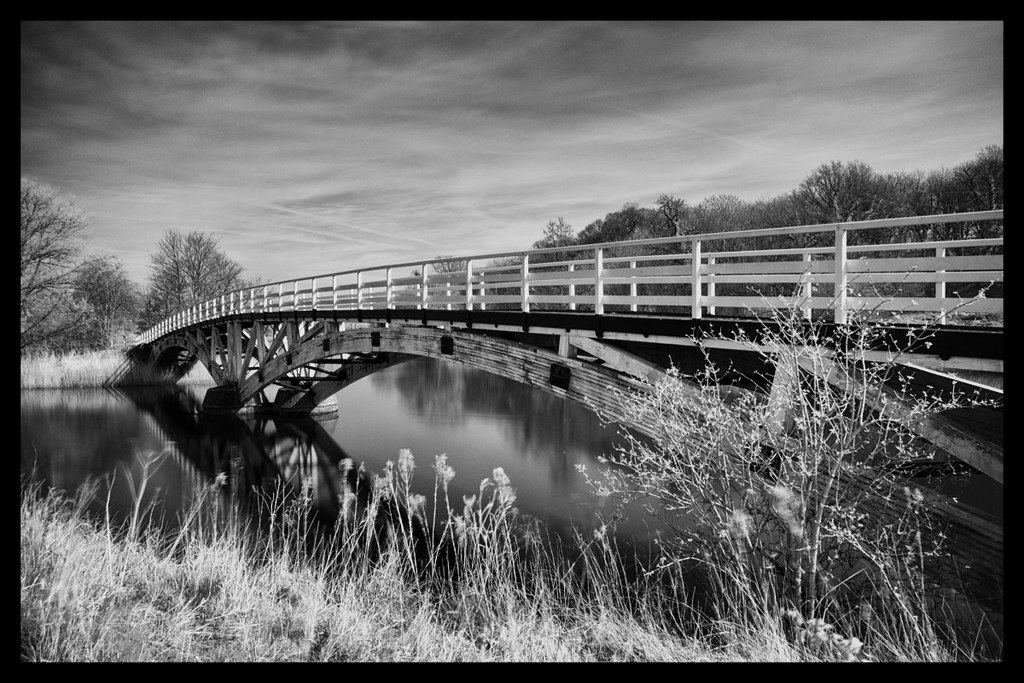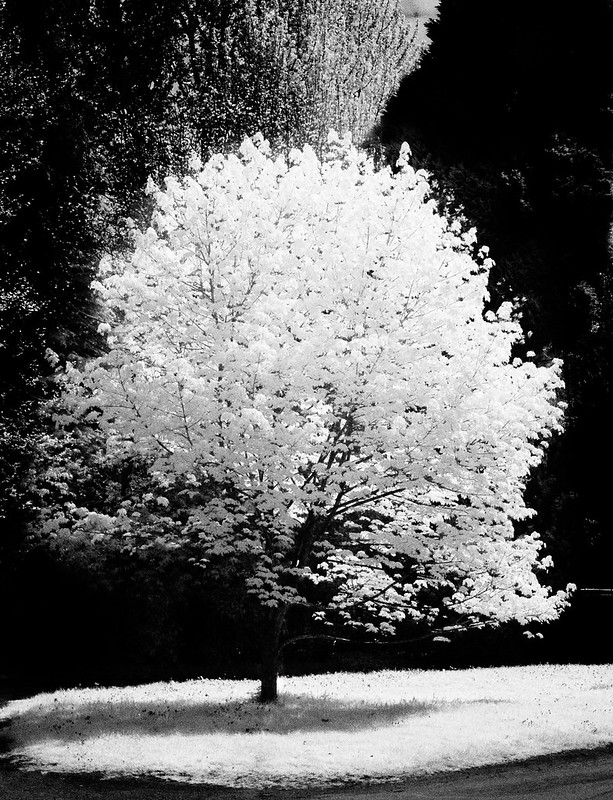SteveG
pfm Member
Anyone here done any messing around with infra-red photography, either in film or digital? I'm looking for some inspiration on subjects etc. that work well as so far I've mainly done the foilage/blue sky stuff.
I had a bit of a play around with Kodak HIE and Ilford SFX back in my film days (and I've got some SFX in the fridge at the moment) - this one was using HIE but isn't great (and it's one of the better shots from back them!):

I decided on a whim to pick up a digital body that'd been converted to 720nm IR and that arrived yesterday. It's certainly a hell of a lot easier to use than film was - no need for filters, exposure and AF all working good and, even better, with shutter speeds that mean hand-held is no problem. I've only taken some casual snaps so far (this was from when I walking the dog this morning) but there definitely seems to be potential:

I had a bit of a play around with Kodak HIE and Ilford SFX back in my film days (and I've got some SFX in the fridge at the moment) - this one was using HIE but isn't great (and it's one of the better shots from back them!):

I decided on a whim to pick up a digital body that'd been converted to 720nm IR and that arrived yesterday. It's certainly a hell of a lot easier to use than film was - no need for filters, exposure and AF all working good and, even better, with shutter speeds that mean hand-held is no problem. I've only taken some casual snaps so far (this was from when I walking the dog this morning) but there definitely seems to be potential:








 ascog
ascog tree of fire
tree of fire _DSF7024
_DSF7024